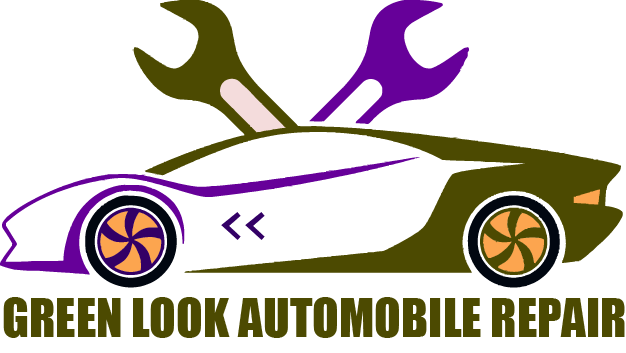
GREEN LOOK AUTOMOBILE REPAIR



ban01
ban02
ban033-min
CAR REPAIR
Car Repair
Car repair involves diagnosing, maintaining, and fixing issues in a vehicle’s mechanical, electrical, and structural systems to ensure safe and efficient operation.
CALL NOW
CAR SERVICE
Car Service
Reliable and professional car service offering maintenance, repairs, and diagnostics to keep your vehicle running smoothly and safely.
CALL NOW
CAR ENGINE REPAIR
Car Engine Repair
Car engine repair involves diagnosing and fixing issues within a vehicle's engine to restore its performance and reliability. This can include tasks like replacing worn components, fixing leaks, addressing electrical faults, and tuning the engine for optimal efficiency.
CALL NOW
Car Transmission Repair
Car Transmission Repair
Car transmission repair involves diagnosing and fixing issues within a vehicle’s transmission system, which is responsible for shifting gears and transferring engine power to the wheels.
CALL NOW
Car Gearbox Repair
Car Gearbox Repair
Car gearbox repair involves diagnosing and fixing issues within a vehicle’s transmission system, such as worn gears, faulty bearings, or damaged synchronizers, to restore smooth shifting and optimal performance.
CALL NOW
Car Steering Repair
Car Steering Repair
Car steering repair involves diagnosing and fixing issues in the steering system to restore smooth, accurate handling. This can include repairing or replacing components like the steering rack,
CALL NOW
Car Suspension Repair
Car Suspension Repair
Car suspension repair involves fixing or replacing components of the suspension system such as shocks, struts, springs, or control arms to restore a smooth ride, proper handling, and vehicle stability.
CALL NOW
Car Leak Repair
Car Leak Repair
Identifying and fixing fluid leaks in a vehicle, including oil, coolant, transmission, brake, or power steering fluids, to prevent damage and maintain safe, efficient operation.
CALL NOW
Car AC Repair
Car AC Repair
Car AC repair involves diagnosing and fixing issues in a vehicle’s air conditioning system, such as refrigerant leaks, compressor problems, or faulty cooling fans.
CALL NOW
Car Overheating
Car Overheating
A car overheating occurs when the engine temperature rises above the normal operating range, often due to issues like low coolant, a faulty thermostat, radiator problems, or a failing water pump.
CALL NOW
Car Oil Change
Car Oil Change
A car oil change is a routine maintenance service where old engine oil is drained and replaced with fresh oil, and typically the oil filter is replaced as well.
CALL NOW
Car Battery Replacement
Car Battery Replacement
Car battery replacement involves removing the old or faulty battery from a vehicle and installing a new one to restore proper electrical function.
CALL NOW
Services
- Car Repair
- Car Service
- Car Engine Repair
- Car Transmission Repair
- Car Gearbox Repair
- Car Steering Repair
- Car Suspension Repair
- Car Leak Repair
- Car AC Repair
- Car Overheating
- Car Oil Change
- Battery Replacement
GREENLOOK AUTOMOBILE REPAIR
- M-13, Musaffah - Musaffah Industrial - Abu DhabiUnited Arab Emirates
- 056-9204622
- greenlook.ae@gmail.com